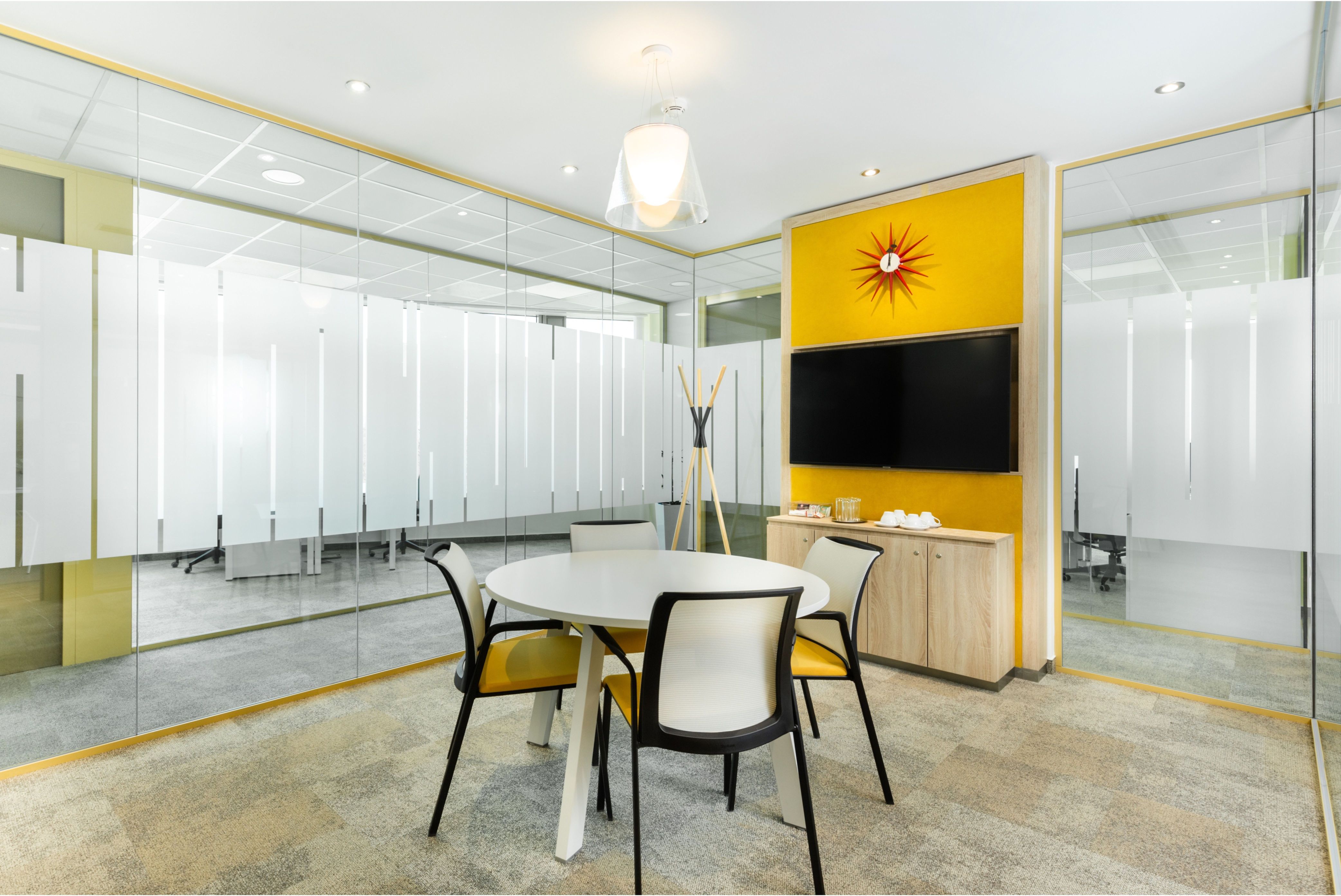Green certification: Everybody wants some

While most analysts are still very cautious about talking of a recovery on Budapest’s office market, green certification and eco-friendliness is one key extra to dazzle potential new tenants. Meanwhile, the office vacancy rate in Budapest stood at 19.9% at the end of the second quarter of 2013, indicating an improvement year-on-year but showing basically no change from to the previous quarter. The lowest vacancy rate (14.2%) was measured in the South Buda submarket, whilst the highest vacancy level is still seen in the Periphery region (30.1%).
But developers have found themselves a viable niche market where low maintenance costs meet eco-friendly and image improving solutions: green offices. The green-certified office portfolio in Budapest – including certification acquired for new buildings and released for existing buildings – had reached 262,000 sqm by the beginning of 2013, which corresponds to 8.2% of the city’s modern office stock, according to a market analysis of Colliers International.
In 2013-2014, all major office developments will receive LEED or BREEAM certifications, Collins predicted. Skanska’s Green House has already received the first LEED Platinum certificate in Hungary with an exceptionally high score. Váci Greens’s Building A was the first to receive an ‘Excellent’ mark from the BREEAM Code for Sustainable Buildings.
Other developments are trying to keep pace. The Váci Corner Offices, Vision Towers and Corvin Corner buildings have all applied for BREEAM certification, the Nordic Light Offices for LEED certification, and Eiffel Palace could be the first dual-certified office building in Hungary. The above development projects and existing buildings undergoing certification procedures total a little more than 170,000 sqm of green office space expansion by the end of 2014. Altogether the proportion of green office buildings in total stock will exceed 12% by that date.
Which one should I love?
Eco-conscious certification schemes have been developed in many countries in the past decades. However, the two most common are the BREEAM (Building Research Establishment Environmental Assessment Method) system from the United Kingdom and the American LEED (Leadership in Energy and Environmental Design).
BREEAM was the first eco-building rating system, however, its international spread was initially limited by the missing criteria for projects outside the UK. Now, of course, this problem has been bypassed.
The certification for new buildings consists of two main parts: classification during the design stage and grade ratings following the completion of construction. The final rating may be obtained based on the certification after completion of the construction, because then you can make sure that statements and plans made in the design phase have materialized effectively.
Experience shows that international versions of BREEAM are relatively easy to adopt in the European Union countries, since the requirements for this certification are mainly included in the EU standards, and even national standards and regulations could be applied if they meet the minimum requirements of the EU standards.
The LEED system was created in 1998 in the United States, and could be applied anywhere in the world from the beginning. New and existing buildings can both be classified under it. For each building, points are gained in the same categories (sustainable land use, water use, energy usage and atmosphere, materials and use of these resources, the quality of the internal environment, innovation), but the criteria for obtaining the points are different. The points are aggregated and, based on the final results, the project can achieve a ‘Certified’, ‘Silver’, ‘Gold’ or ‘Platinum’ certificate.
Compared to the above systems, the Green Building Program funded by the European Union is much more flexible and focused almost exclusively on energy efficiency and renewable energy use. There is no strict requirement for the system, the objective and the method of implementation for each project is different. However, this flexibility also means the scores achieved by each individual project are not clearly comparable.
SUPPORT THE BUDAPEST BUSINESS JOURNAL
Producing journalism that is worthy of the name is a costly business. For 27 years, the publishers, editors and reporters of the Budapest Business Journal have striven to bring you business news that works, information that you can trust, that is factual, accurate and presented without fear or favor.
Newspaper organizations across the globe have struggled to find a business model that allows them to continue to excel, without compromising their ability to perform. Most recently, some have experimented with the idea of involving their most important stakeholders, their readers.
We would like to offer that same opportunity to our readers. We would like to invite you to help us deliver the quality business journalism you require. Hit our Support the BBJ button and you can choose the how much and how often you send us your contributions.










